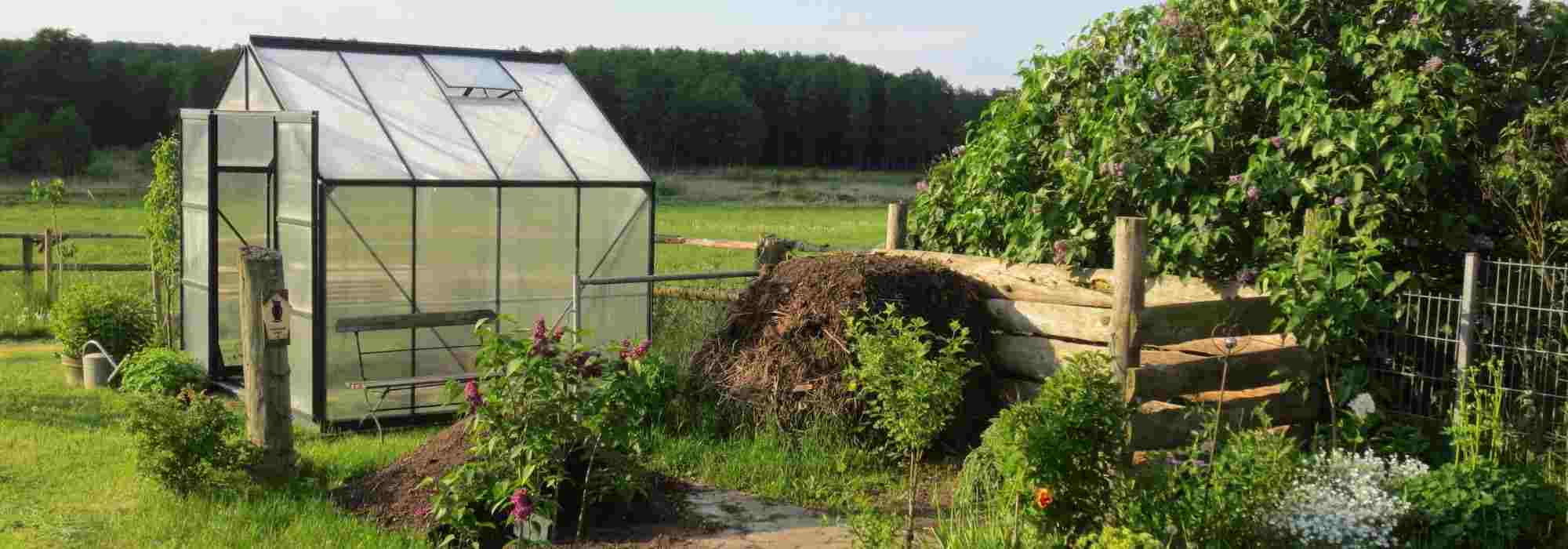
How to preserve soil life in a greenhouse?
Tips to keep soil rich and fertile in your garden greenhouse
Contents
Having a greenhouse in your garden offers many advantages: increased productivity, longer seasons, protection against diseases, easier storage of sowing, etc.
But cultivation in a more or less enclosed medium also brings some drawbacks, particularly related to watering management and maintaining a temperate climate year‑round. These essential factors affect both development of plantings and life of the soil.
Moreover, as successive crops are grown, soil under greenhouse tends to dry out and become depleted of nutrients, eventually causing life to abandon the soil entirely.
But to keep soil living, fertile and rich in micro‑organisms and valuable earthworms, there are simple solutions that are easy to implement.
Here are our tips to maintain soil in your greenhouse and keep it rich and full of life!
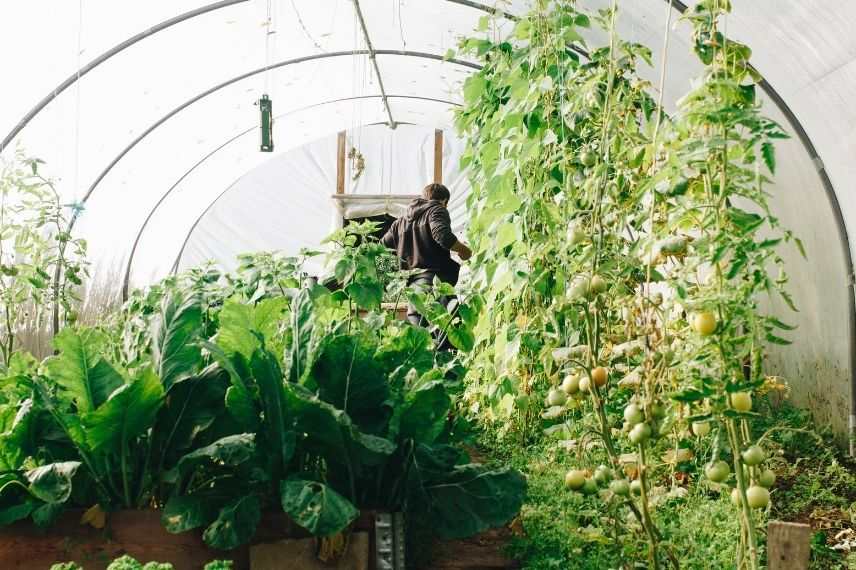
Living, fertile soil offers abundant harvests and lush vegetation.
Watering, essential for maintaining soil life
Water is essential to preserve soil life. However, unlike outdoor crops, it is not possible (except in certain models) to use rainwater to naturally water soil inside a greenhouse.
Provide an irrigation system enabling regular and abundant watering, especially during summer. Ideally, this system should be self-sufficient.
Rainwater harvesting is the most economical and environmentally friendly way to water in a greenhouse, but it can cause storage problems in confined spaces.
You can also install a fixed water point directly inside the greenhouse: dig a pond or install a bathtub which, despite questionable aesthetics, will be just as practical and effective. This water point will improve natural hygrometry (humidity level) of the greenhouse and will provide water at ambient temperature, ideal for watering crops as it limits thermal shock.
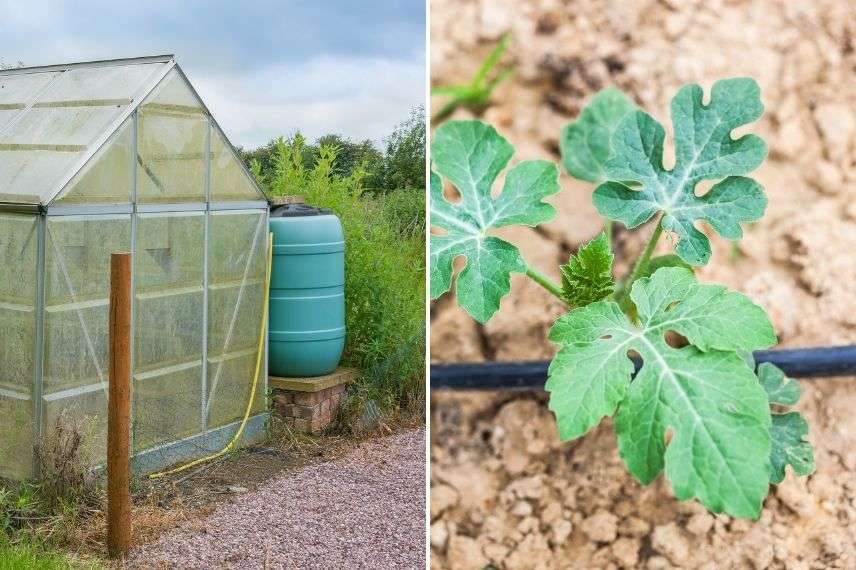
A simple barrel can serve as a rainwater collector.
Read also
Nourrir le sol naturellementGood ventilation essential under glass
In addition to watering, managing temperatures in a greenhouse is one of the key factors.
In summer, the climate is often tropical, combining heat and humidity. The greenhouse can quickly become a real oven for plants, especially as building materials tend to turn sun’s rays into heat.
Conversely in winter, temperatures can quickly fall below 0°C and day–night temperature swings can be very large, causing undesirable thermal shocks.
Good ventilation is therefore essential to encourage air circulation and regulate internal greenhouse temperature: open doors, windows or roof vents to allow hot air in summer and moisture in winter to escape.
Out in the open garden, plants can rely on natural shade from their surroundings: trees, bushes, buildings… In a greenhouse, the sun can quickly become harmful to plants and soil life.
To make up for this lack of shade, you can grow climbing plants which, as well as adding an attractive touch, will act as sunshades. Turn to clematis, passionflowers, jasmines or annuals such as sweet peas or morning glories.
For additional shading and protection against the sun’s blazing rays, whitewash the greenhouse glass with Meudon white (or Spanish white), an economical, biodegradable chalk-based product. This product is easy to find online or in DIY stores. It is simply removed with a sponge and water at the end of the season while also giving the glazed surfaces a proper clean.
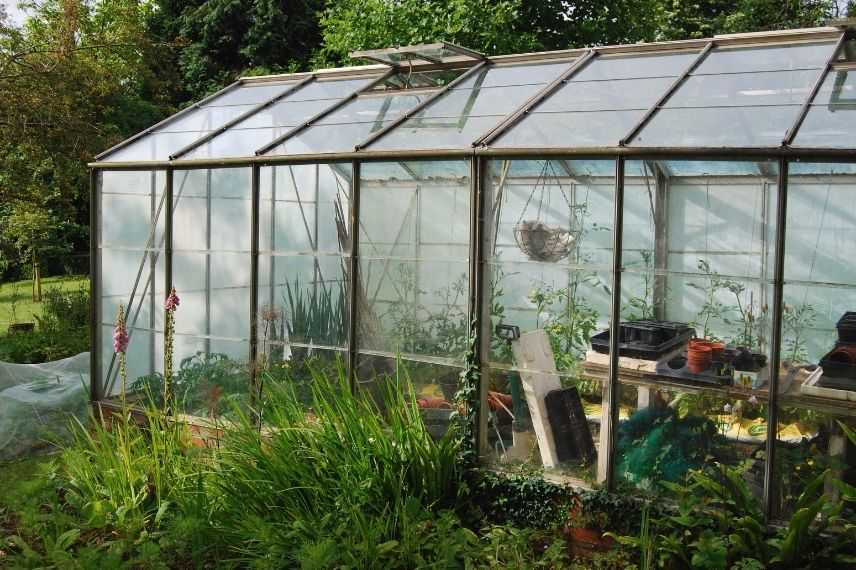
Greenhouse fitted with roof vents providing good ventilation.
Mulching to retain moisture and protect soil
Mulching helps keep soil moisture for longer by reducing evaporation. In addition, it provides a protective layer and limits the proliferation of adventive plants (“weeds”).
Different materials can be used to mulch greenhouse soil :
- cardboard without chemical inks and untreated
- straw
- grass clippings dried to avoid fermentation
- pruning residues and other “waste” from cultivation
- dead leaves
This mulch should be spread on greenhouse soil in a thin layer a few centimetres thick.
Depending on climate and rate of decomposition, it will need renewing once or several times a month. In case of high summer heat, watering can also be beneficial to prevent the soil drying out.
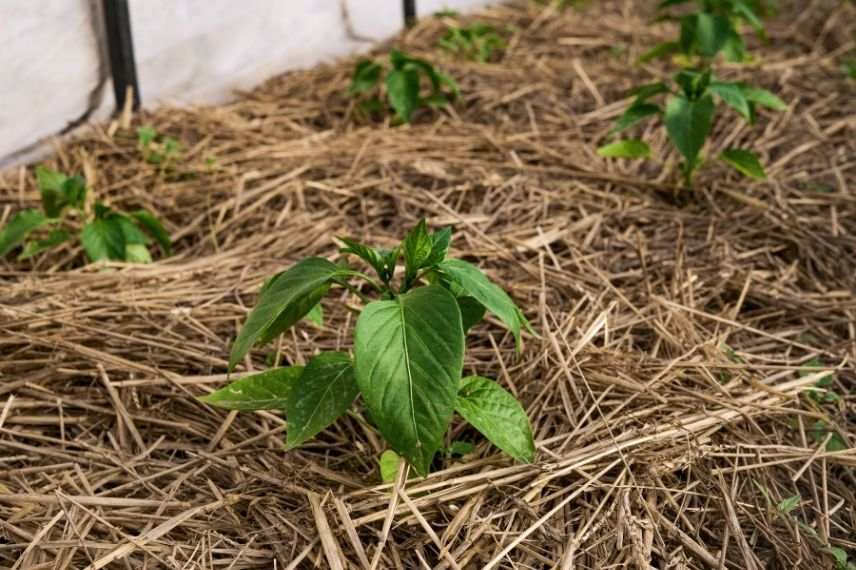
Read also
Green manures: why, how?Amendments to nourish and revitalise soil
Amendments enrich soil with nutrients, favour presence of micro-organisms essential to life and improve natural structure of soil.
In spring, cover soil with a few millimetres of ripe household compost made from plant waste and kitchen scraps, or use horse manure or manure from other animals (poultry, cattle…) well rotted and rich in nitrogen.
Alongside these amendments, you can also apply natural plant biostimulants: spraying of nettle manure rich in nitrogen, of comfrey manure rich in potash and boron, or using products based on fungi and activated charcoal to mix into substrate or to spread.
Growing green manures for fertile soil
We are well aware of the many benefits of green manures in the garden. Easy and quick to grow, they help to feed the soil by returning nutrients, improve its texture and protect it and prevent the development of adventive weeds.
Autumn often marks the end of the year’s main under-glass growing period. It’s therefore the best time for broadcast sowing of green manures, thus preparing the soil for the following spring’s crops: white mustard, Cerdagne vetch or crimson clover in September, rye in October–November.
Before flowering, to avoid any self-seeding, mow the green manures. They can then be left in place or shredded and mixed into the top layer of the greenhouse soil, allowing crops to be grown as soon as the following month.
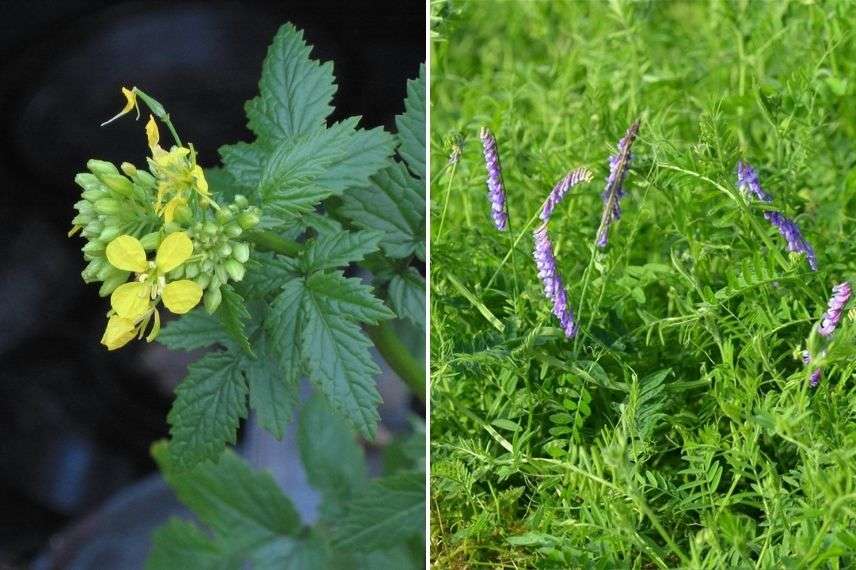
On the left white mustard (Photo Rasbak) and on the right Cerdagne vetch
More radical solutions
If, despite our advice on protecting and maintaining the soil in your greenhouse, all life seems to have deserted it and the soil is sterile, there are more extreme solutions.
Replace the soil to a depth of at least around fifteen centimetres with fresh garden soil or topsoil. This tedious, time-consuming task does not, however, guarantee an immediate restoration of soil life.
Another solution, if the model allows, is to move the greenhouse every two or three years to a new area of the garden, thereby allowing soil renewal. Mobile greenhouses are increasingly popular precisely to address the problem of maintaining life in the soil and to help reduce disease risk.
- Subscribe!
- Contents
































Comments